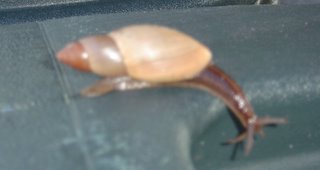
a warm January afternoon on the porch

Pullin' weeds and pickin' stones We are made of dreams and bones Need a place to grow my own 'Cause the time is close at hand ~ David Mallet
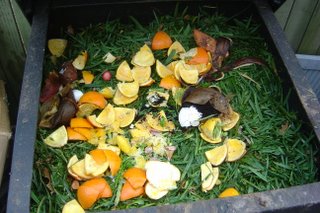 It has been a warm January. I spent a good part of yesterday afternoon sitting on the back porch in the sun. Normally I will cease my composting operation around Christmas and pick it up again in early March. The problem is that it is in January and February that we are inundated with citrus rinds. They make such a sweet compost that I hate to just throw them away. One particularly cold winter, I put them in the freezer until spring. But then there was no room for real food.
It has been a warm January. I spent a good part of yesterday afternoon sitting on the back porch in the sun. Normally I will cease my composting operation around Christmas and pick it up again in early March. The problem is that it is in January and February that we are inundated with citrus rinds. They make such a sweet compost that I hate to just throw them away. One particularly cold winter, I put them in the freezer until spring. But then there was no room for real food.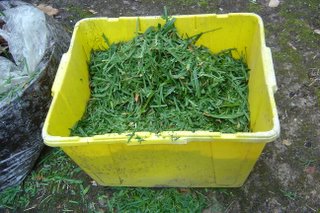 Then on a walk last week I spied this young man trimming these green plants that grow around the trees in the nearby shopping center. He happily surrendered a crate full of greens and I have been “in balance” ever since.
Then on a walk last week I spied this young man trimming these green plants that grow around the trees in the nearby shopping center. He happily surrendered a crate full of greens and I have been “in balance” ever since.
 It all started last spring when I went to Iowa City to find the grave of a triple great grandfather. Christian Kaufmann was born in Pennsylvania at the end of the 18th century and made the most of the expanding opportunity this country had to offer. He rafted down the Ohio River until he found a place that he liked and then WALKED back to PA and brought the family to Dayton, Ohio. His children (there were 14 of them) also caught the westering spirit and headed for Iowa. It was there, in Iowa, that Christian Kauffman was laid to rest in January of 1858.
It all started last spring when I went to Iowa City to find the grave of a triple great grandfather. Christian Kaufmann was born in Pennsylvania at the end of the 18th century and made the most of the expanding opportunity this country had to offer. He rafted down the Ohio River until he found a place that he liked and then WALKED back to PA and brought the family to Dayton, Ohio. His children (there were 14 of them) also caught the westering spirit and headed for Iowa. It was there, in Iowa, that Christian Kauffman was laid to rest in January of 1858.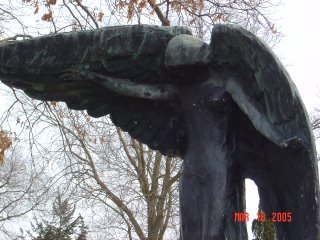 that many of the headstones were no longer visible as they had been eroded and had sunk below the ground. Seeing that I was a bit disappointed at that news the supervisor invited me to visit the cemetery’s “special site.” It is a headstone that has been nicknamed “The Black Angel” and it is surrounded by myth and mystery. It seemed quite benign on that spring afternoon.
that many of the headstones were no longer visible as they had been eroded and had sunk below the ground. Seeing that I was a bit disappointed at that news the supervisor invited me to visit the cemetery’s “special site.” It is a headstone that has been nicknamed “The Black Angel” and it is surrounded by myth and mystery. It seemed quite benign on that spring afternoon. map and after re-orienting myself a few times, I found his headstone. After standing trying to imagine which trees might have been there in January of 1858, a year before his grand-daughter, my great-grandmother Sara Alta Kauffman was born, I went about cleaning up the area around the headstone.
map and after re-orienting myself a few times, I found his headstone. After standing trying to imagine which trees might have been there in January of 1858, a year before his grand-daughter, my great-grandmother Sara Alta Kauffman was born, I went about cleaning up the area around the headstone. The flurry of travel has ceased and I am back to a winter’s life. Houseplants and amaryllis will have to fill my days until the seeds start to arrive. Today I tended to a collection of spider plants. These are all descended from a piece of my wedding bouquet. My sister found the baby spider on the church floor more years ago than I want to admit and put it in a pot and gave it to me for Christmas. I have nurtured it with care and have given away its progeny as engagement gifts over the years. It is wonderful to be able to give away growing things.
The flurry of travel has ceased and I am back to a winter’s life. Houseplants and amaryllis will have to fill my days until the seeds start to arrive. Today I tended to a collection of spider plants. These are all descended from a piece of my wedding bouquet. My sister found the baby spider on the church floor more years ago than I want to admit and put it in a pot and gave it to me for Christmas. I have nurtured it with care and have given away its progeny as engagement gifts over the years. It is wonderful to be able to give away growing things. The town of Bradenton, FL is experiencing Gecko Fever. I am staying with our friends Chris and Gordon who live in the Village of the Arts. Individual artists living in the Village have decorated nearly fifty 6’ by 2 ½’ fiberglass geckos that are festooning Old Main Street and houses here in the Village.
The town of Bradenton, FL is experiencing Gecko Fever. I am staying with our friends Chris and Gordon who live in the Village of the Arts. Individual artists living in the Village have decorated nearly fifty 6’ by 2 ½’ fiberglass geckos that are festooning Old Main Street and houses here in the Village. strikes you first when you get into this section of town is the amazing colors of the houses. Only those who work with color for a living would dare paint their houses these amazing combinations of colors. At night when the houses are lighted the Village takes on a magical quality which is now made all the more magical by the geckos. Some are hanging from trees, some are climbing up the sides of houses, and some are clinging to the eaves.
strikes you first when you get into this section of town is the amazing colors of the houses. Only those who work with color for a living would dare paint their houses these amazing combinations of colors. At night when the houses are lighted the Village takes on a magical quality which is now made all the more magical by the geckos. Some are hanging from trees, some are climbing up the sides of houses, and some are clinging to the eaves.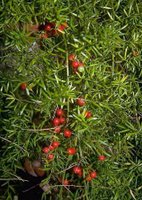 Yesterday afternoon Anne and I took on the chore of digging up an African iris, dividing it and replanting. The project was made more difficult by the fact that a sprengeri fern had woven itself into the root ball of the iris.
Yesterday afternoon Anne and I took on the chore of digging up an African iris, dividing it and replanting. The project was made more difficult by the fact that a sprengeri fern had woven itself into the root ball of the iris.